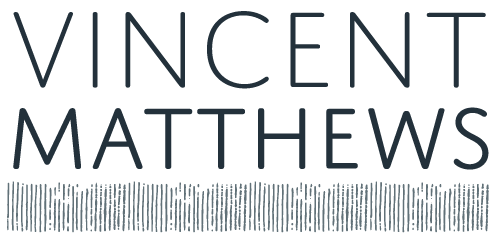Learning to draw…
I was recently asked by a very persistent young girl if i could teach her to draw, as her primary school shockingly does not have any art classes.
Sketch from life at the V&A Museum 2020
Drawing is an important skill to teach children and adults. To analyse and to really look at what is in front of them, as well as giving them an outlet to draw what is in their mind; to abstract it and to understand it. Like all creative occupations, it is good for our mental health too.
There are no short cuts.
One has to put the work in - the many hours required to become accomplished. One has to practice the art of drawing from observation regularly. It is largely interpreting what you see with marks and lines; often known as mark making.
All too frequently people decide to start with watercolour, which is one of the most difficult things to do. It is often thought of as a draftsman’s medium, so if drawn badly, the picture will suffer significantly.
Master drawing first: because painting is largely drawing and mark making with a brush.
Start drawing or sketching everyday in black and white. Select everyday items and views. Really look at the subject you are drawing.
Winchelsea 2020
Drawing en plein air
The more you see, the more you draw. The more you draw, the more you see.
Sketch the same object from all angles. This helps you to think in 3D and to understand the object more. “Walk before you run”. Learn and develop the basics first. Keep a pocket size sketchbook with you at all times. Practice will make all the difference.
Repetition will help to hone drawing and observational skills but then do move onto something a little more challenging after you have mastered that.
It is good to learn to draw a variety of things, to stretch yourself and to develop your vocabulary/language. One does not want to be a “one trick pony”.
Penshurst Place 2020
Drawing en plein air
Learning to sketch and draw at speed helps to develop expressiveness and confidence, to capture what you see when time is limited.
This improves with experience and can also give visual energy to a picture. However it is not a race. In our haste to rush a sketch it can mean that we are not looking properly. Hone your observational skill first, as it will develop your eye and understanding, to then be able to naturally work faster and more confidently. As said previously, learn to walk before learning to run.
Although copying from your own photos can help you, they tend to be flat and your work can then look dead and over worked. Shadows are also often shown as black, when in reality they are not. It is far better to draw from life, to hone this skill, which will be far more rewarding for you.
Brooklands Church
Ink drawing using sketch reference.
Do not start with a fine clutch pencil (which tends to make beginners get too precious with their work), use proper artists quality pencils (for better variation in line weight and dexterity), charcoal and pastels, as well as good quality papers.
I recommend that you master one medium first, such as quality graphite pencils. It also helps you to interpret what you see with marks and lines, to develop your own style, which is much more of an interesting challenge for you and more interesting for the viewer. It will have more life and personality. It is always lovely to see the “artist’s hand” in their work. The handmade look is much more interesting. We are not machines.
Do not be afraid to make mistakes, as they are also a big part of learning.
Drawing from observation makes you look and to analyse and understand what you are looking at.
Study artists work and visit exhibitions. If you look at the old masters and impressionists drawings, you will observe the many lines, contours and marks that they use, as well as line weight, which helps to create depth to their work. Notice that they are all handmade in appearance.
Hastings
En plein air sketch with colour added
Drawing lessons/workshops are recommended for beginners and those people of an intermediate level.
You will learn perspective, variation in line weight, scale, light and shade, composition, measuring by eye and proportion. All vitally important skills to learn. You will also benefit from the tutor’s and classmates’ experience, which will help you to progress much further and faster. Enrol in a proper course and do not expect an artist to do this for free, as they may not want to teach or have the aptitude to do so or even have the time to do so properly. An experienced and trained teacher will know the stages that you need to learn in.
If you cannot get to drawing workshops and classes, there are books on the basic techniques of drawing, to help you.
Life drawing is a big help.
Drawing people is one of the most challenging things to learn and it helps you to almost draw anything else. I recommend this for when you have mastered how to draw accurately from observation.
Remember to put the work in. There are no shortcuts and it takes time.
Drawing of an Anteater






